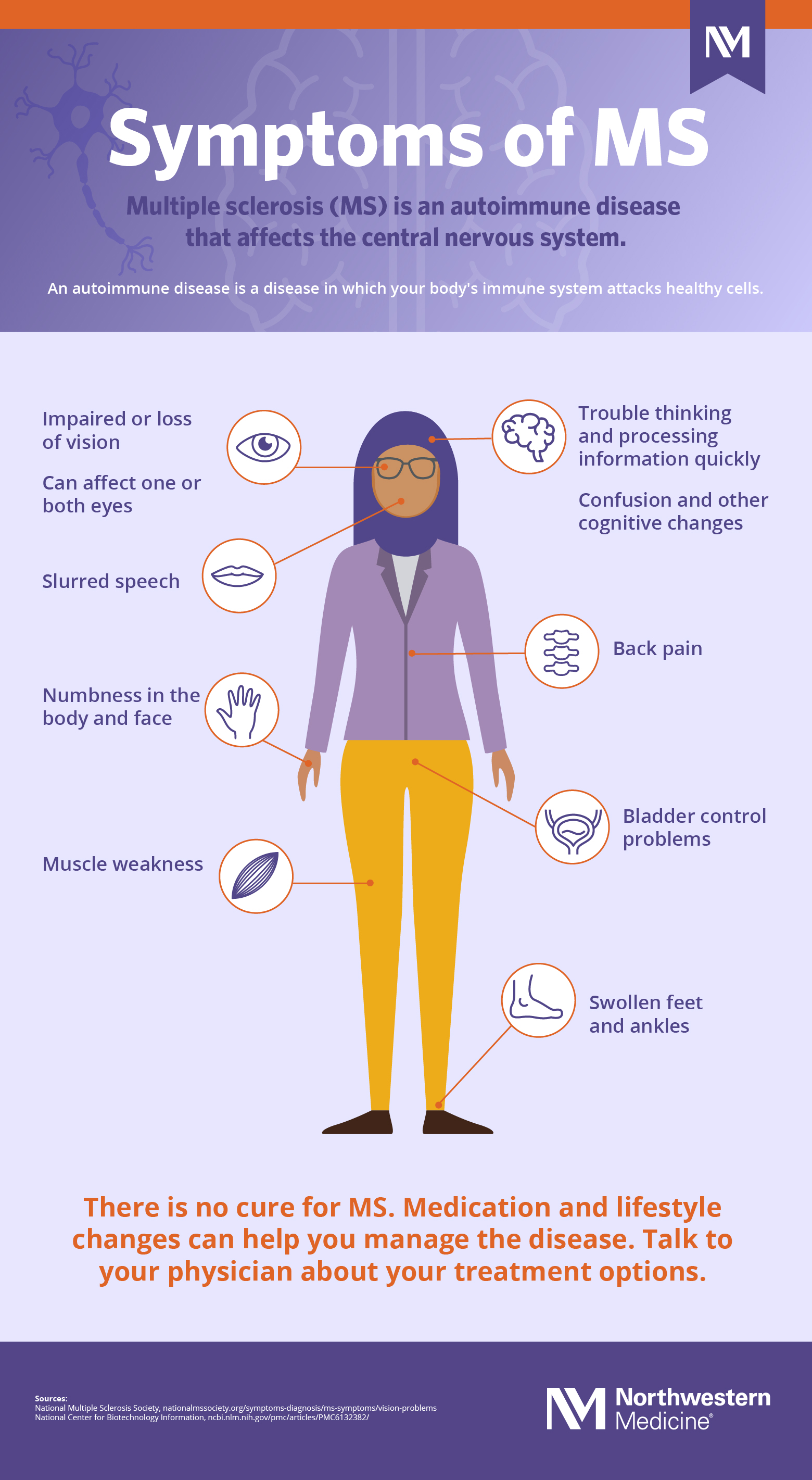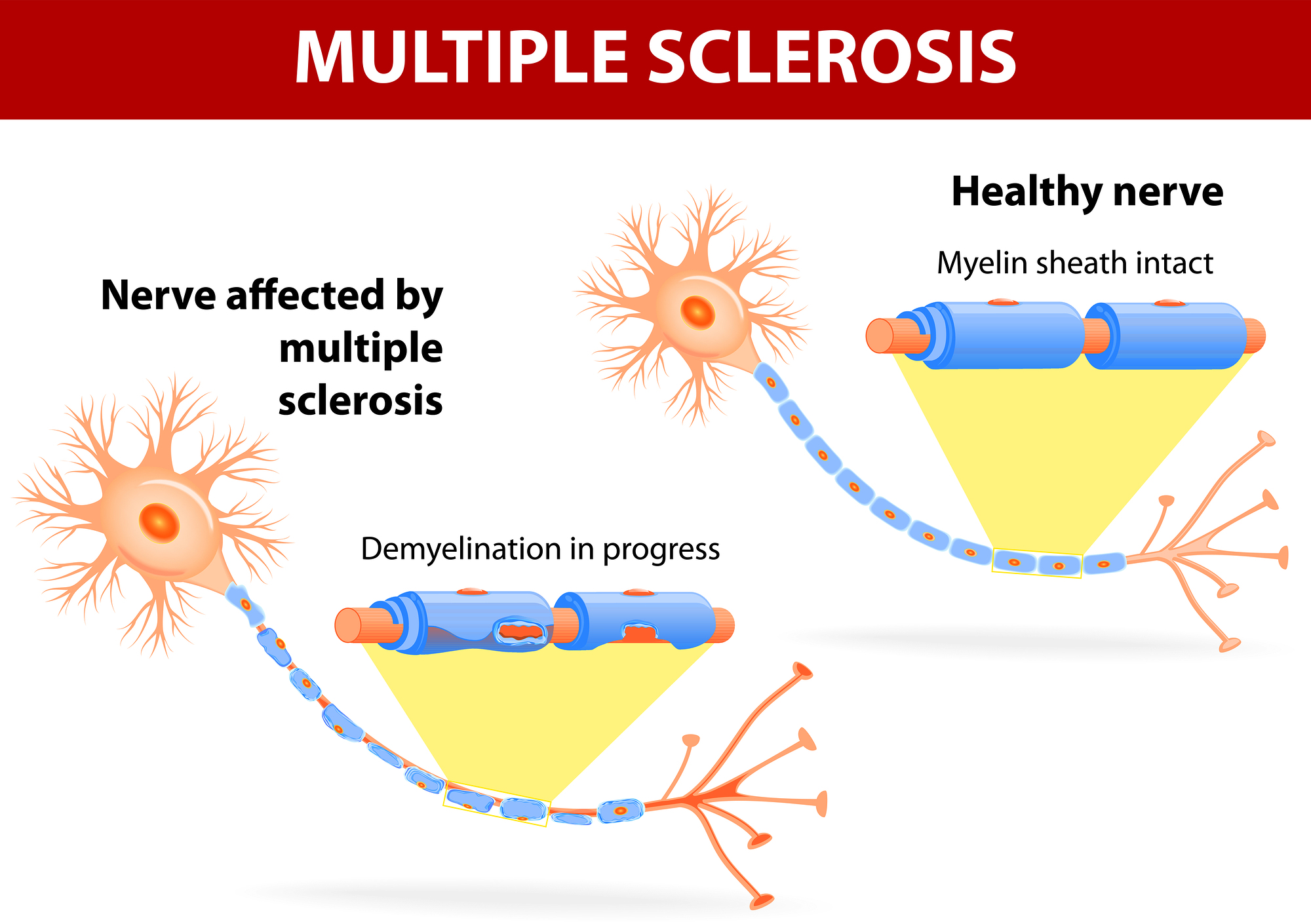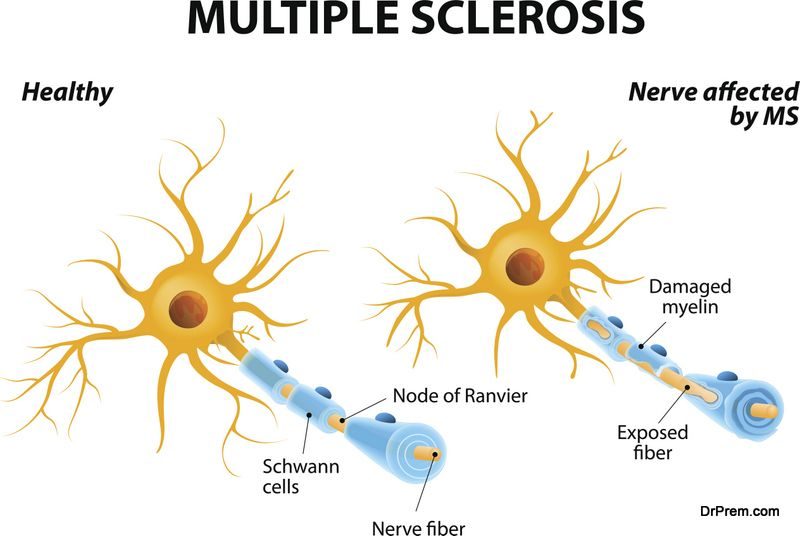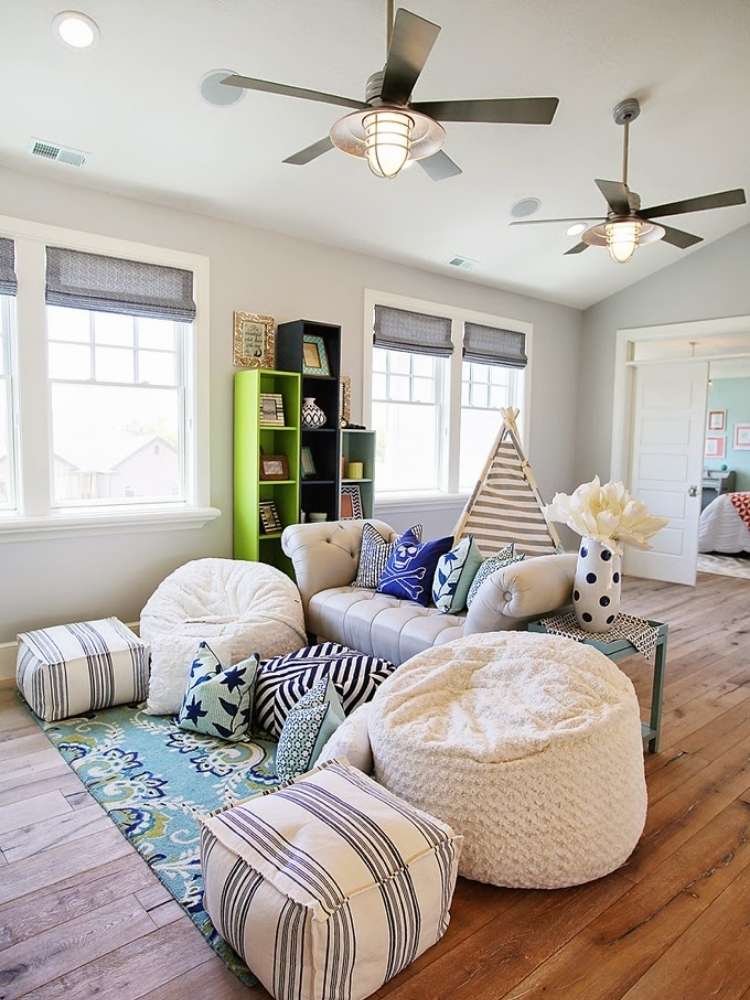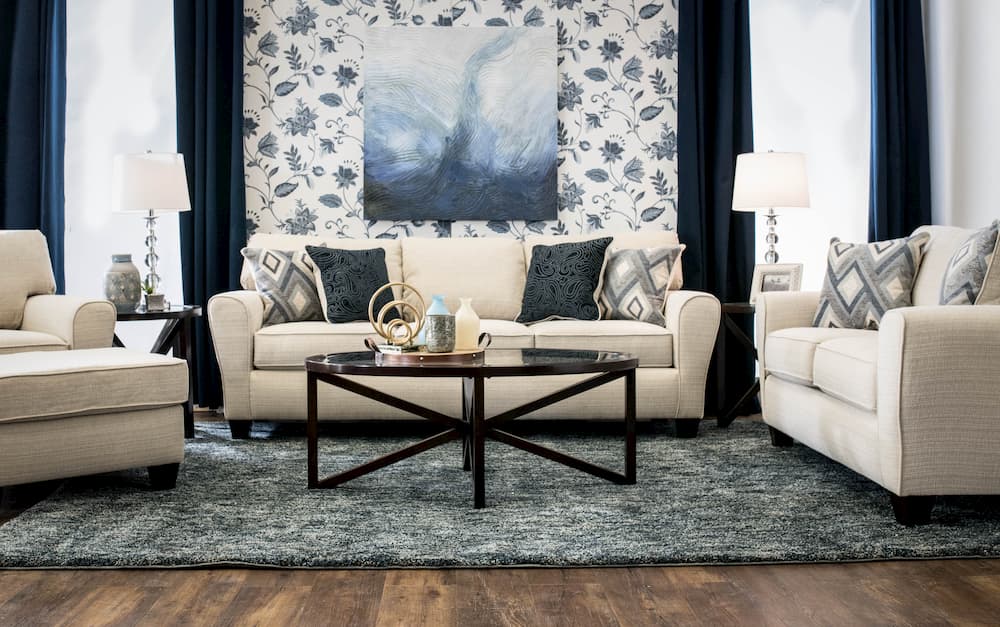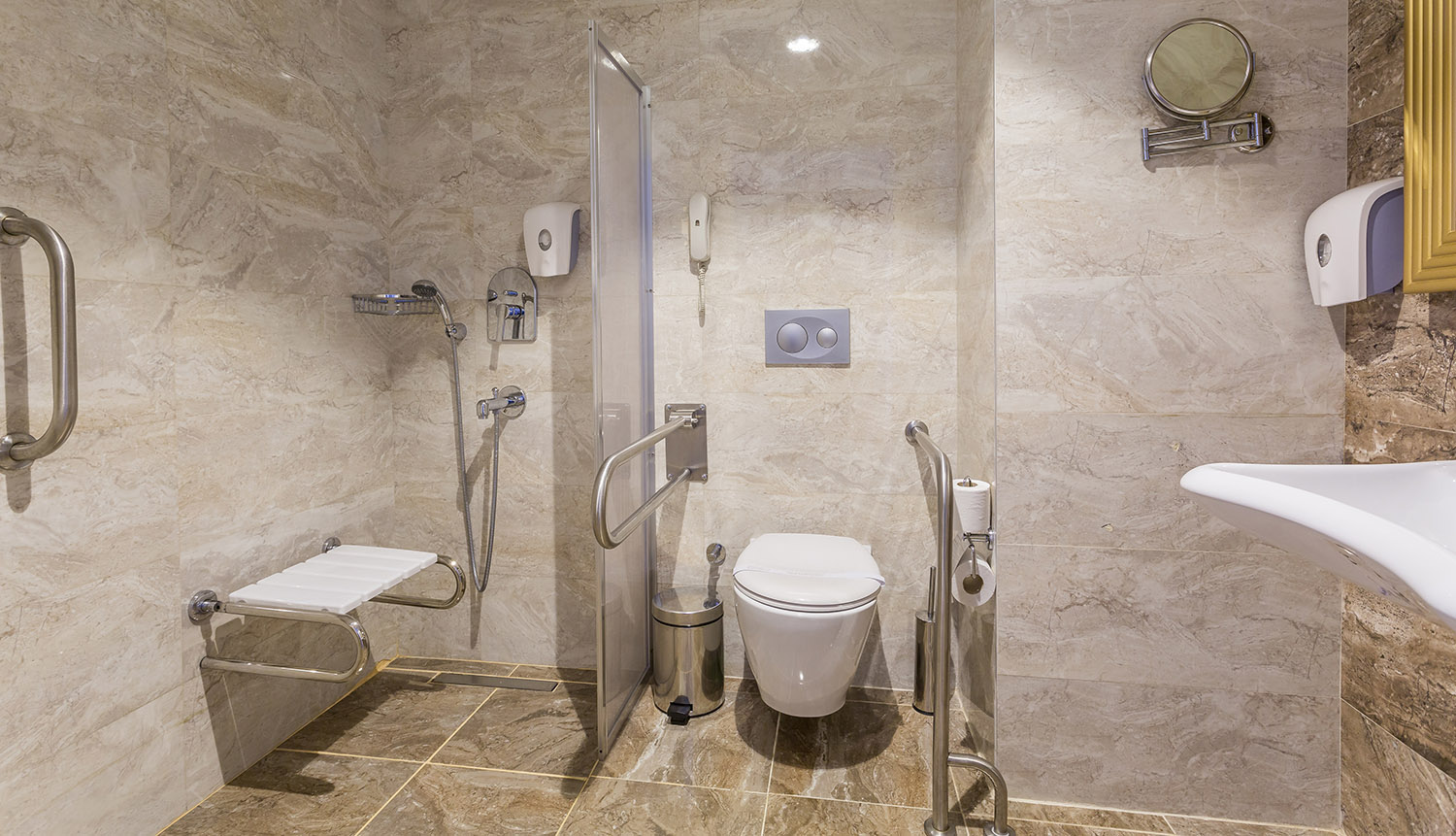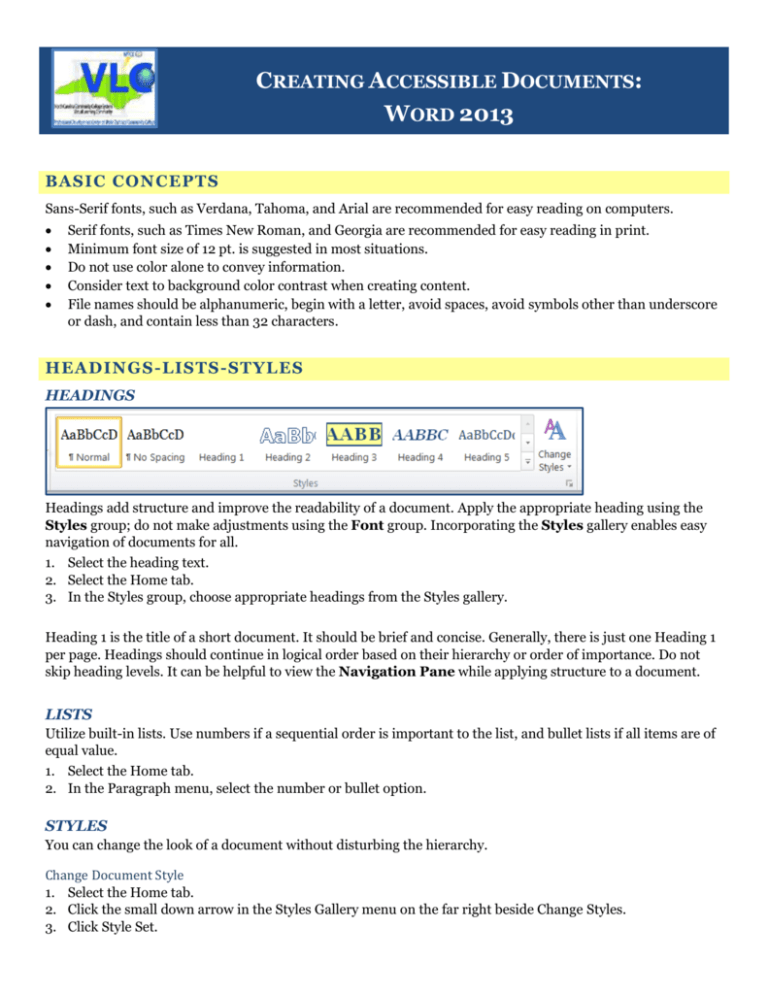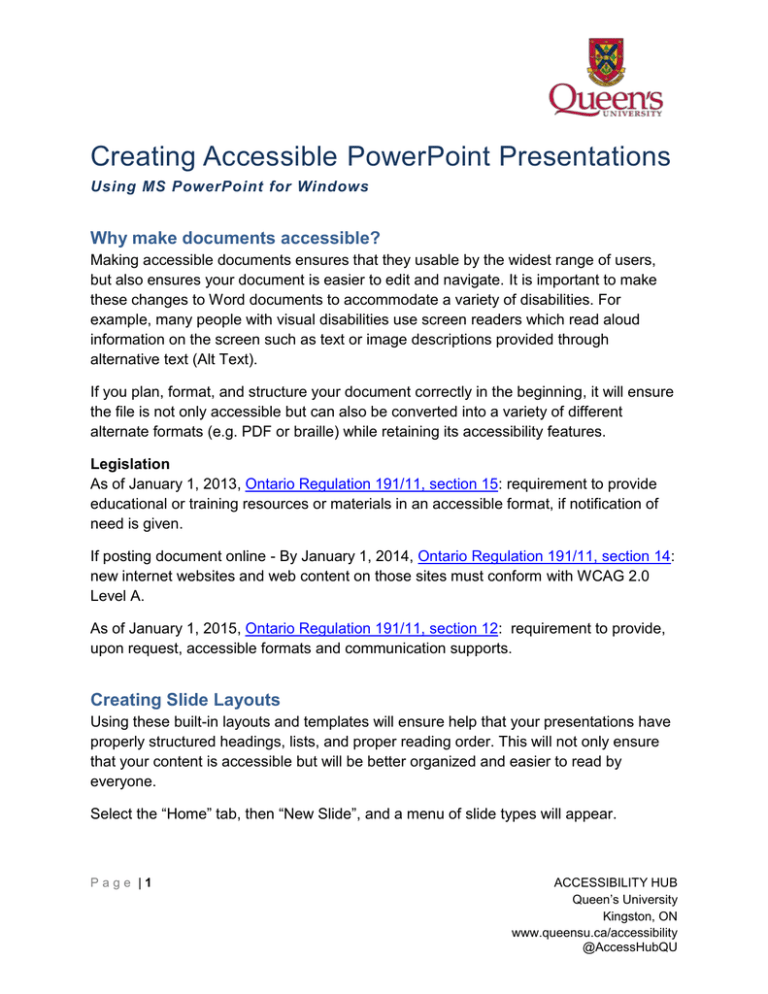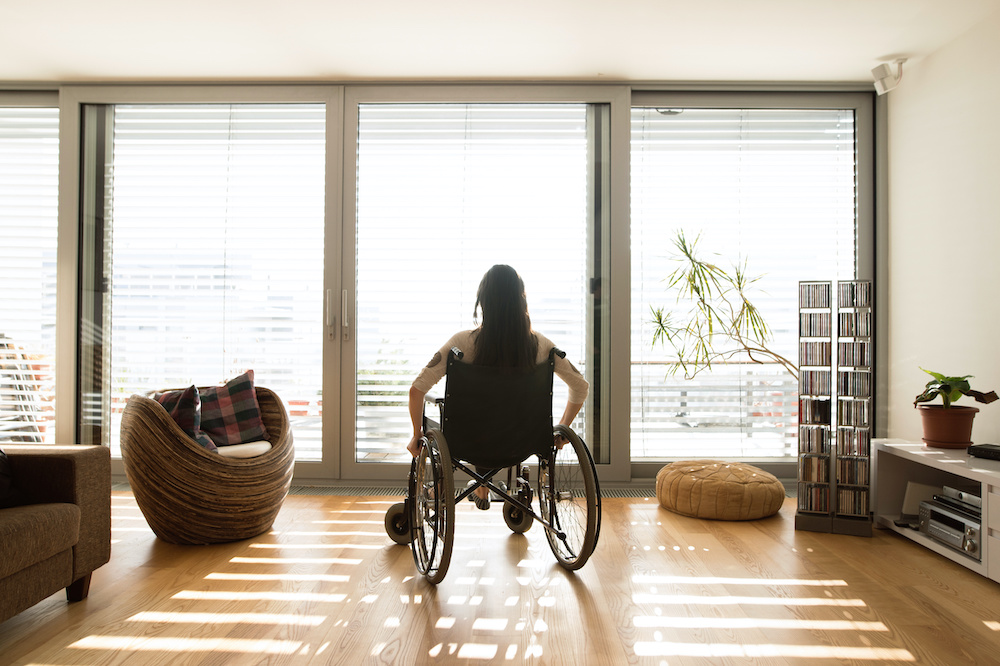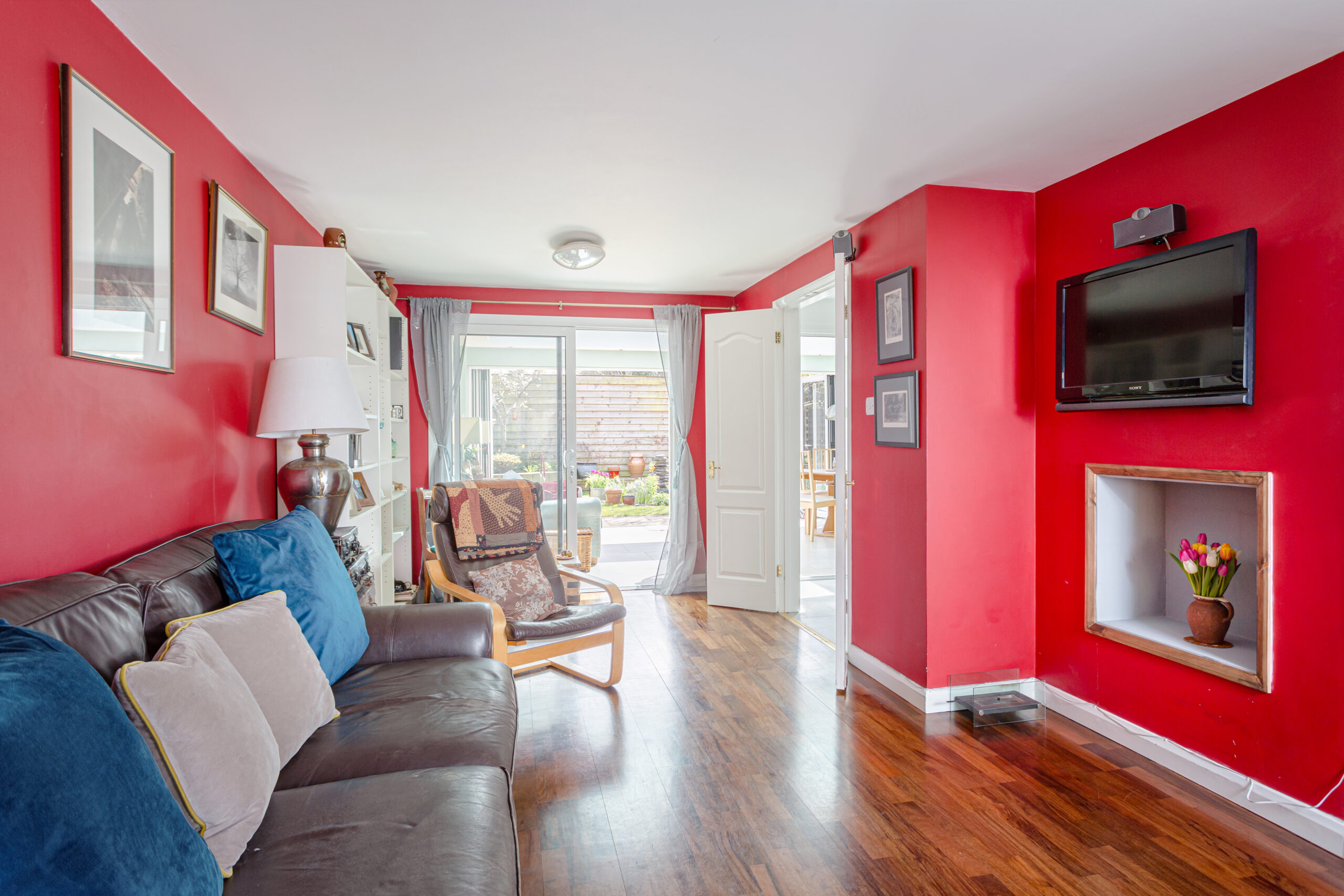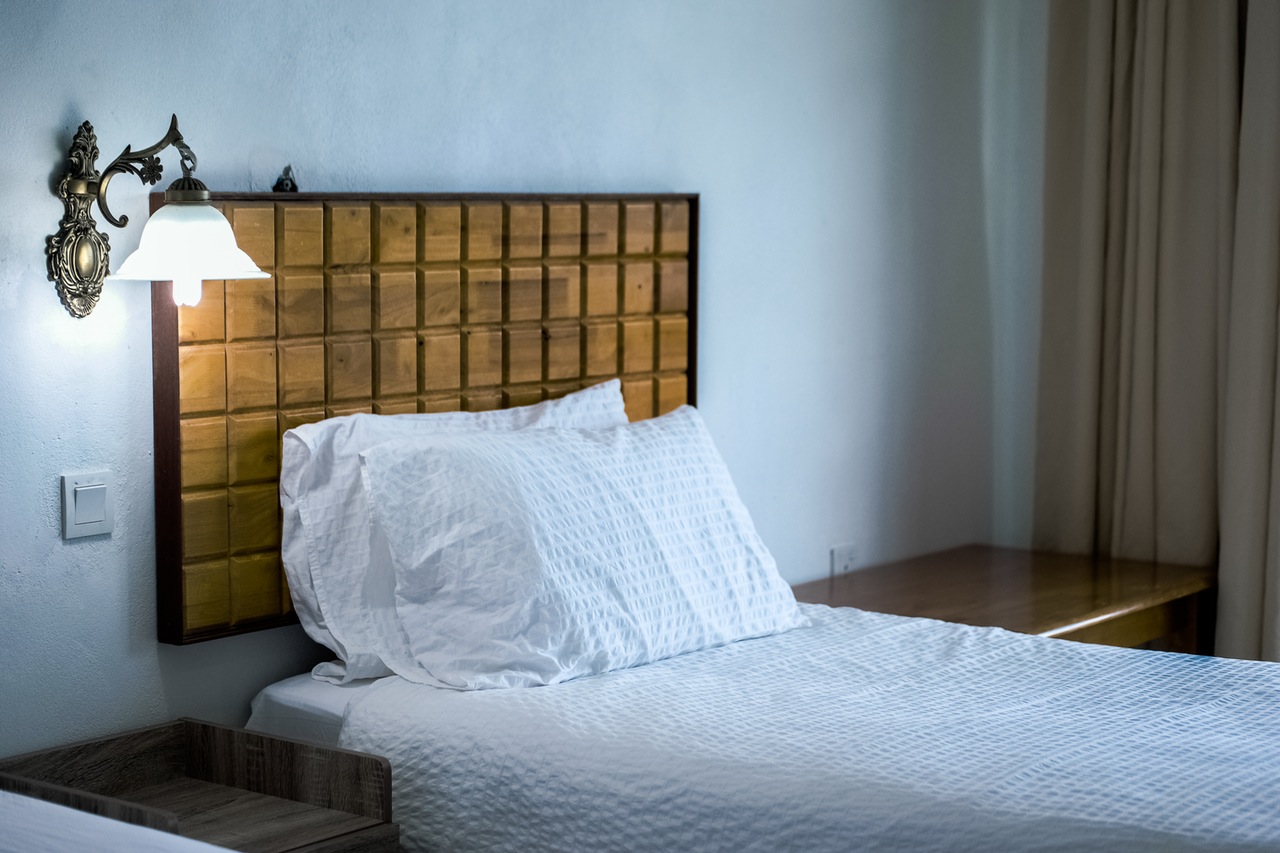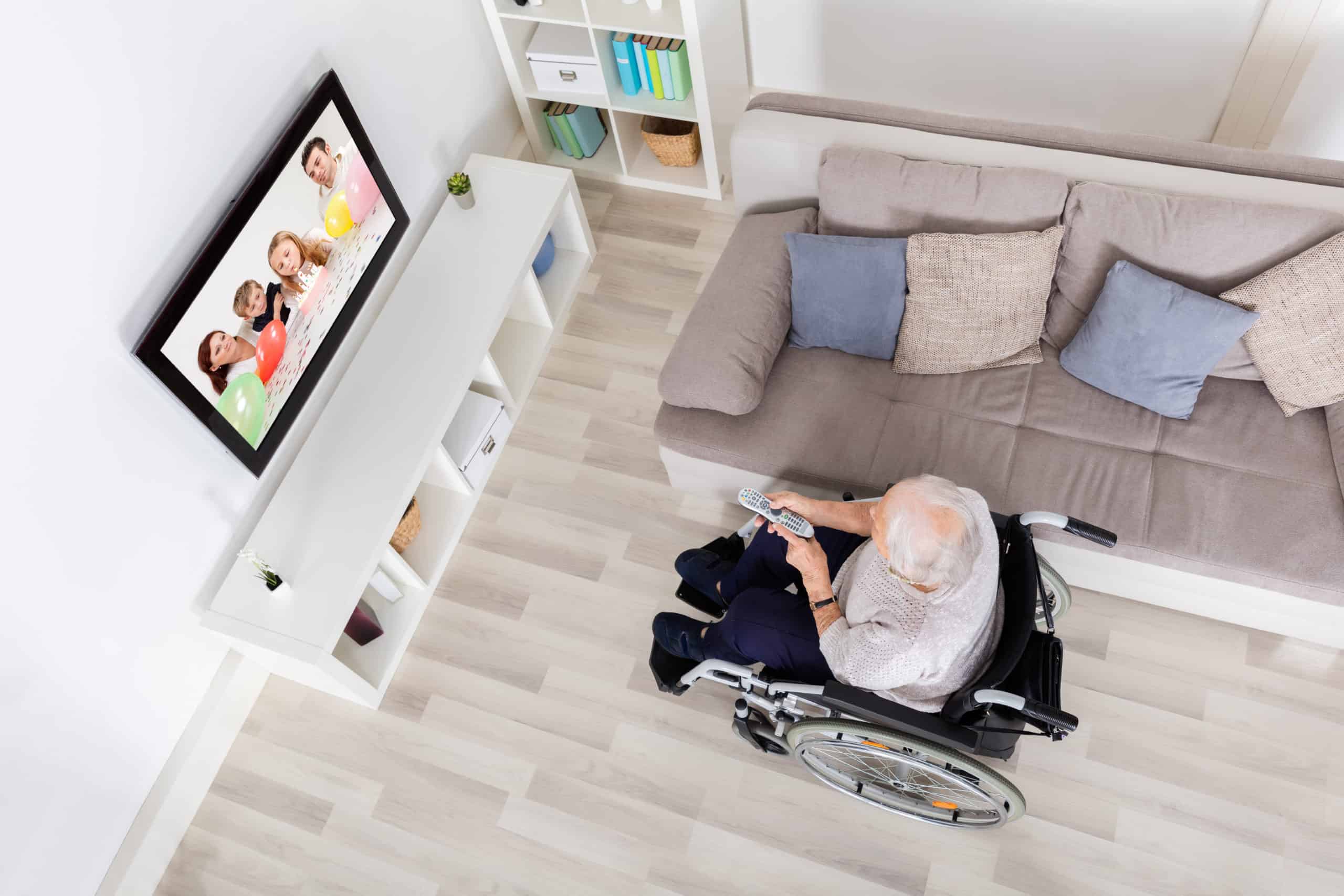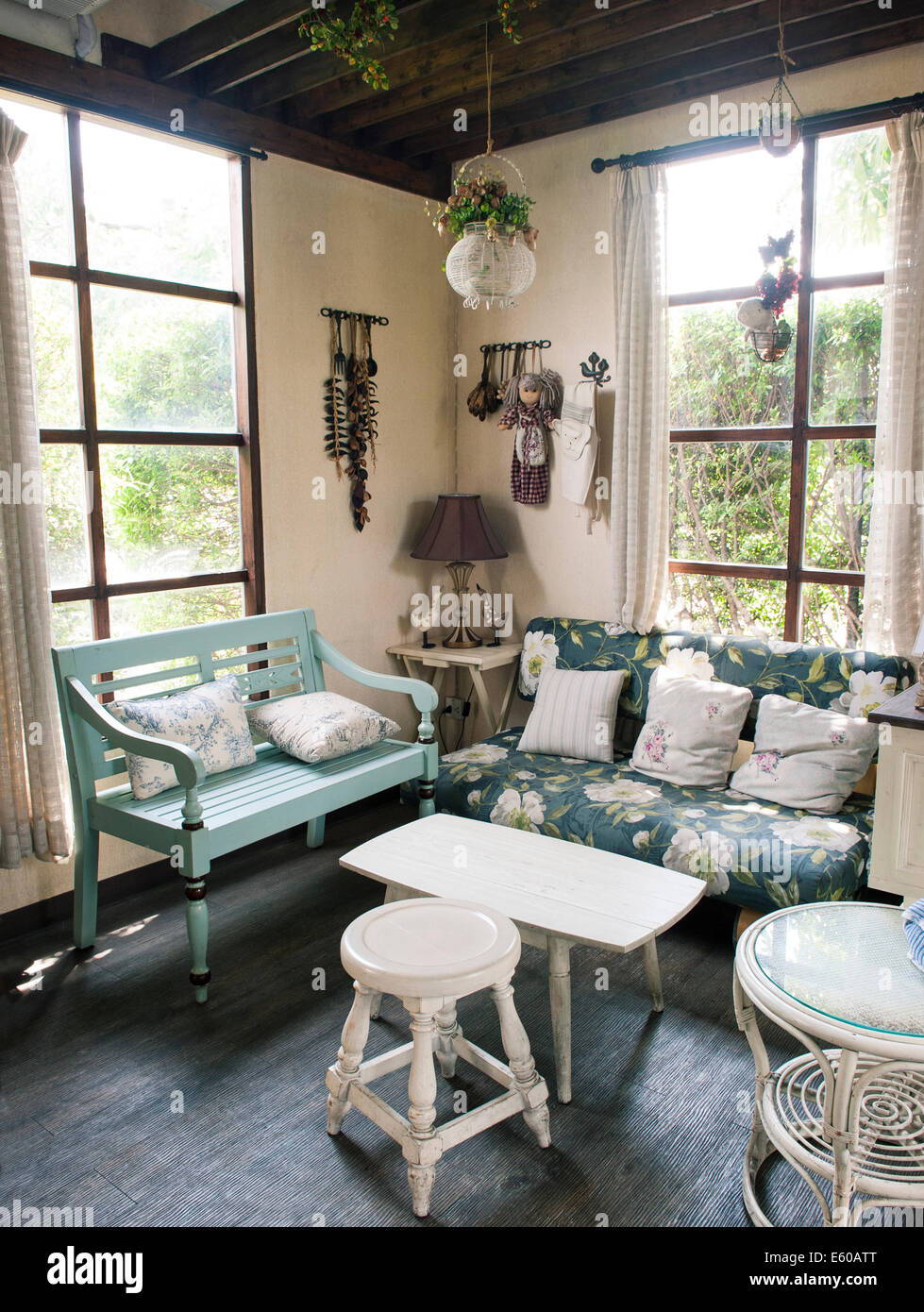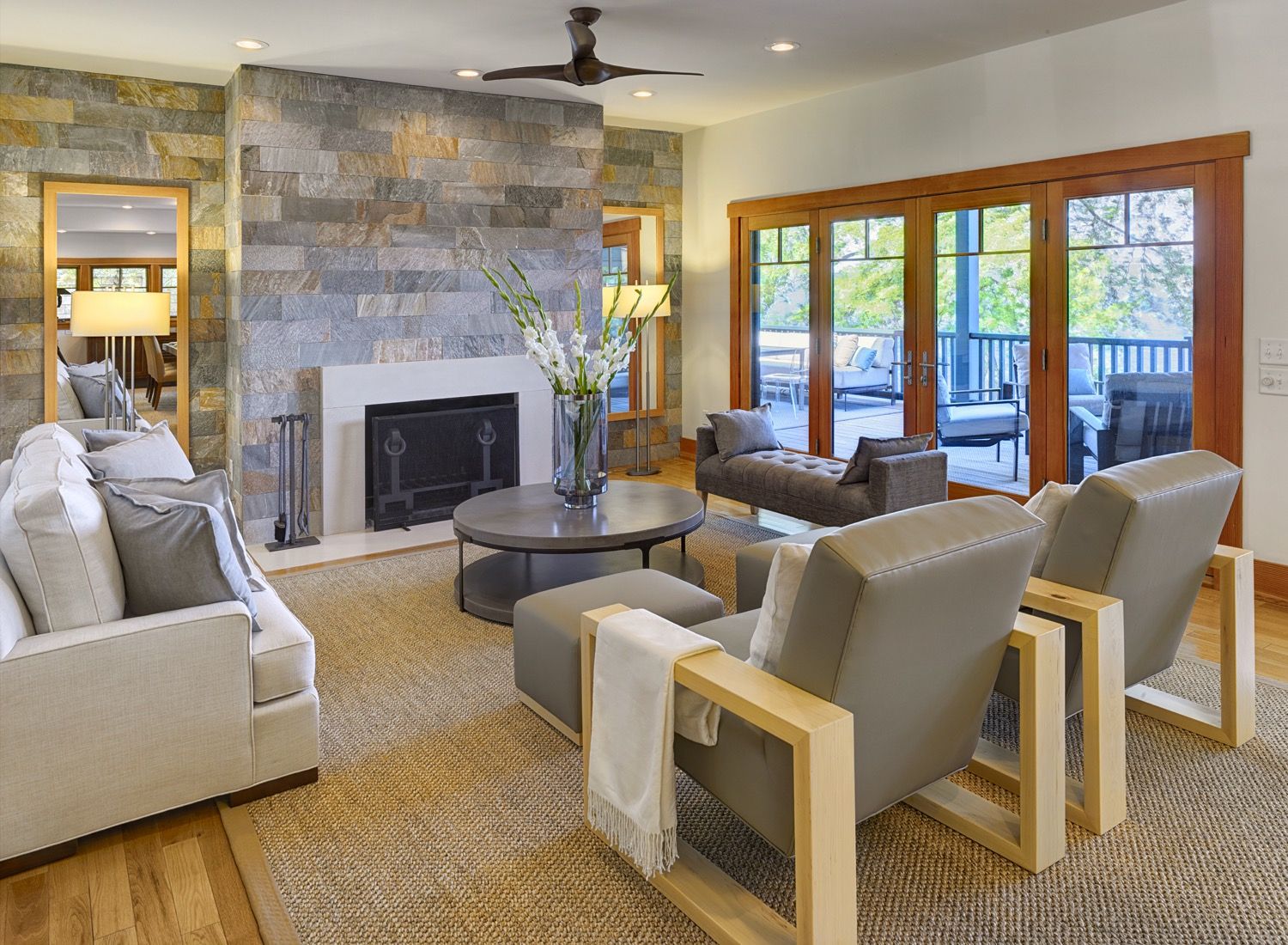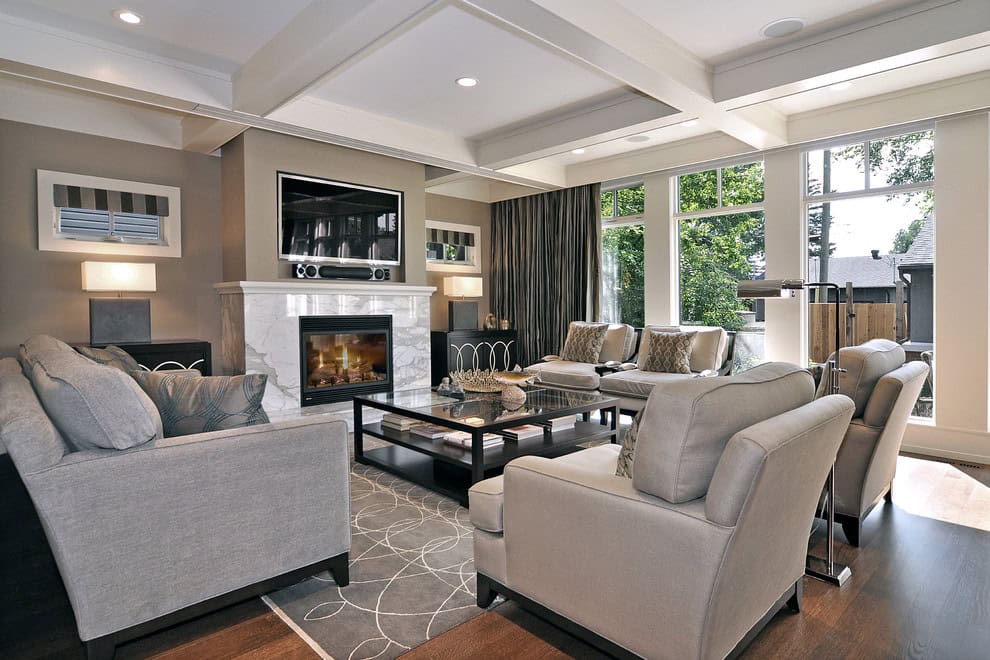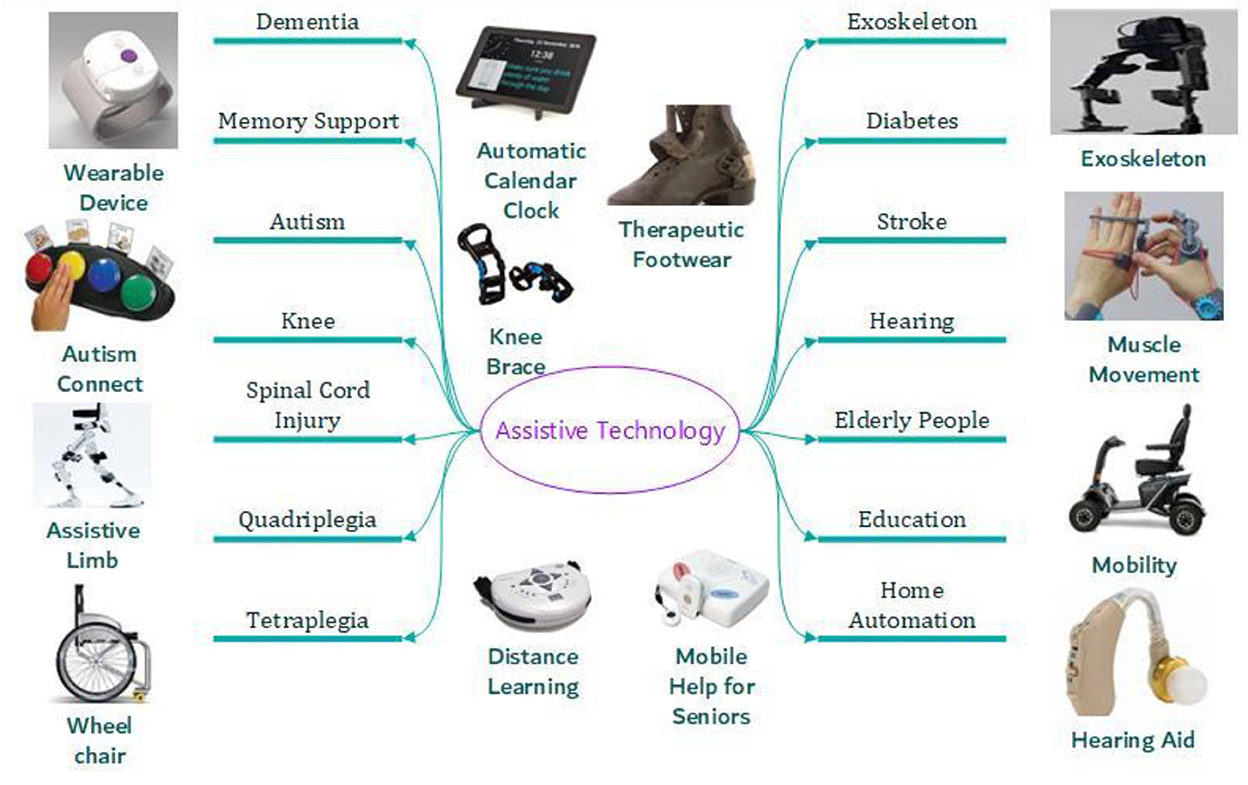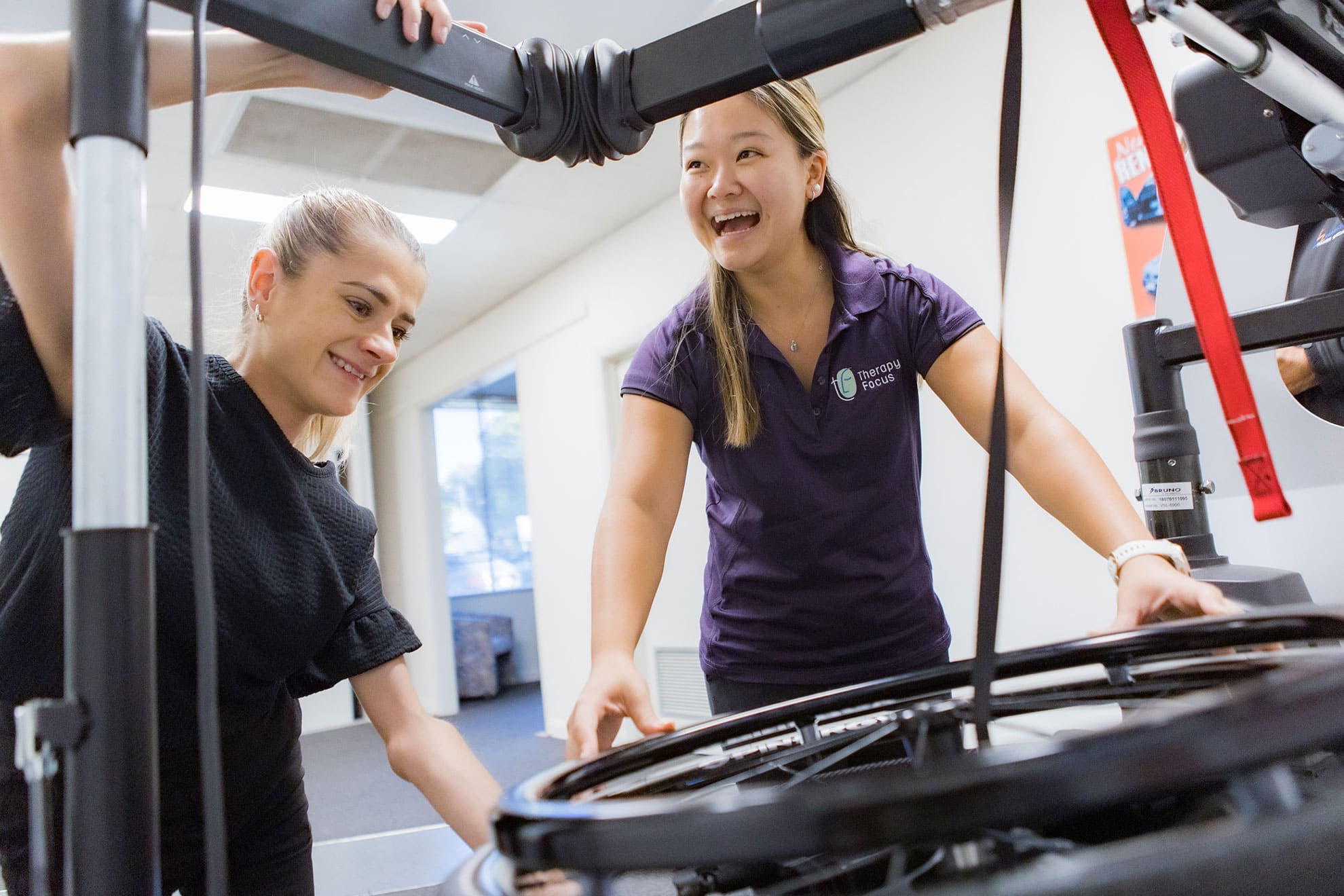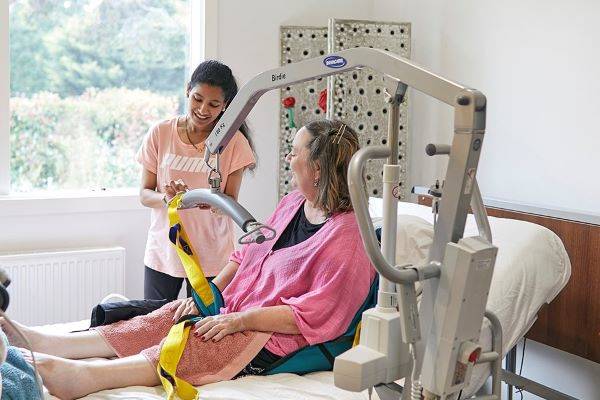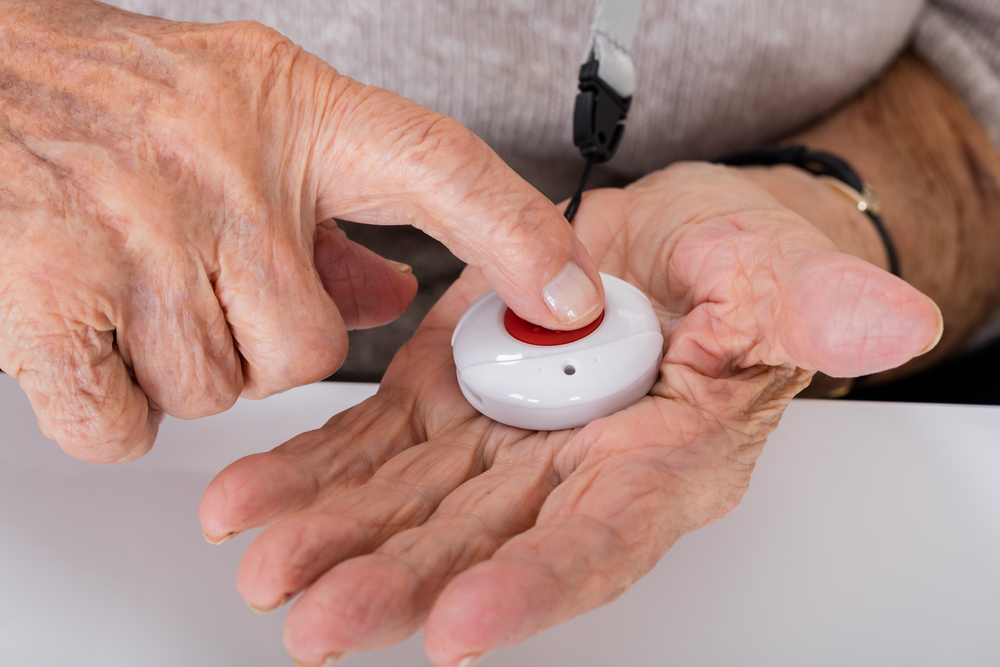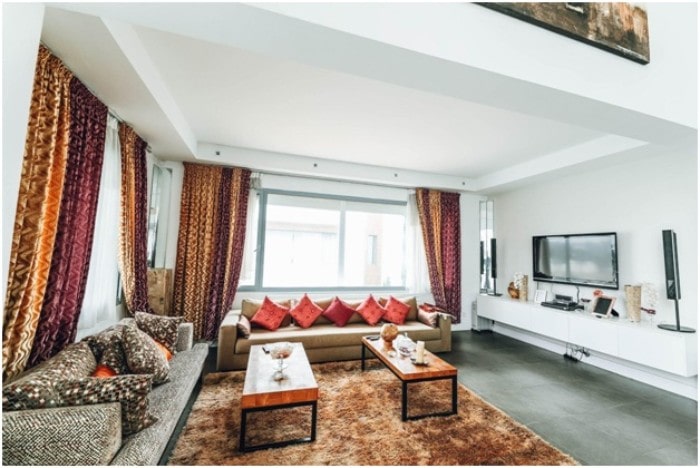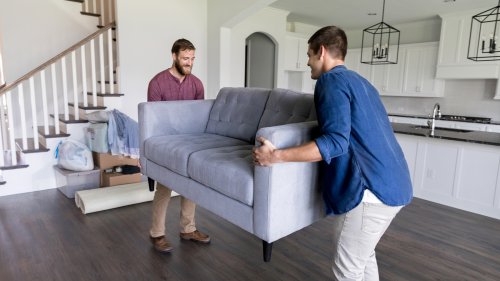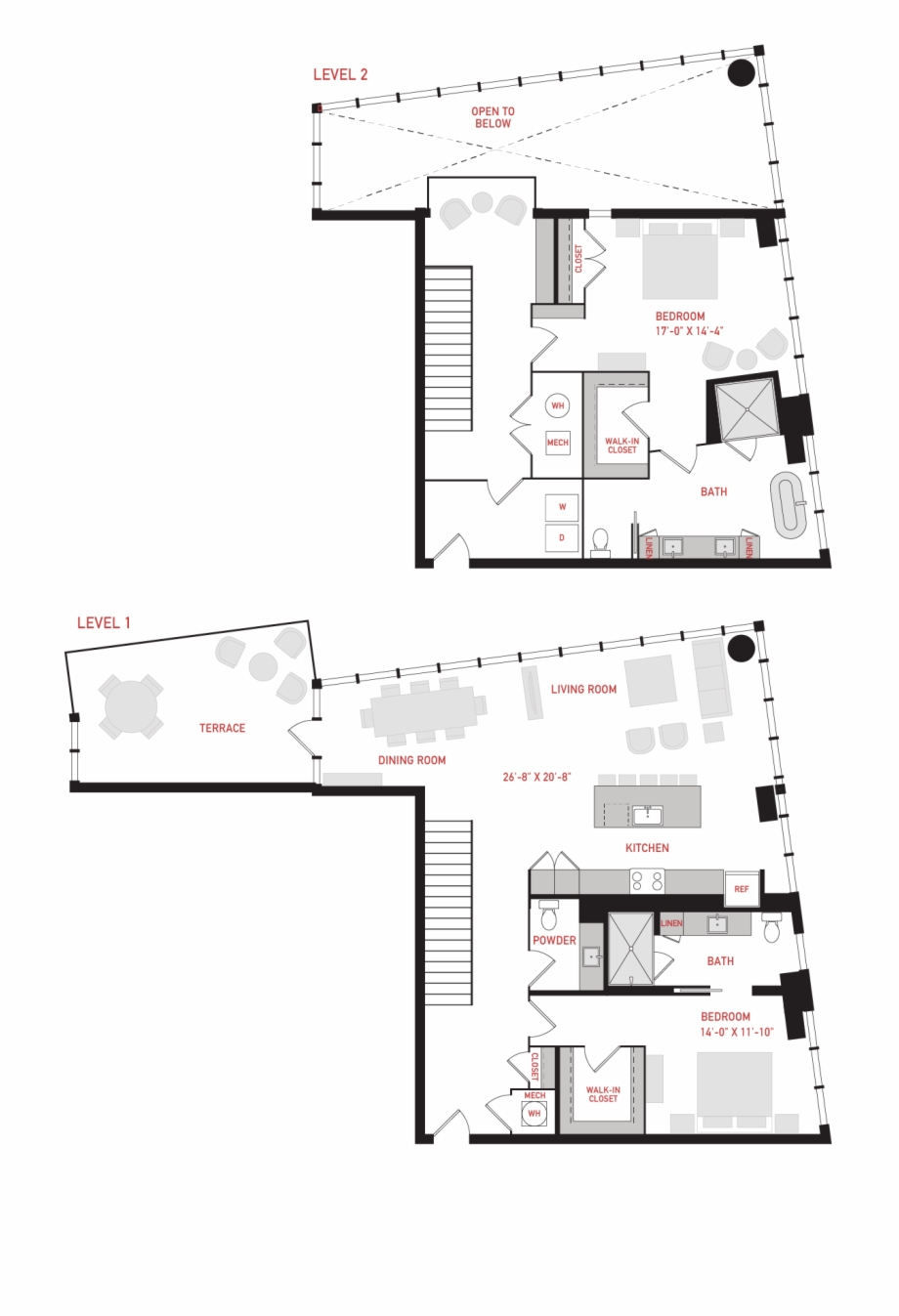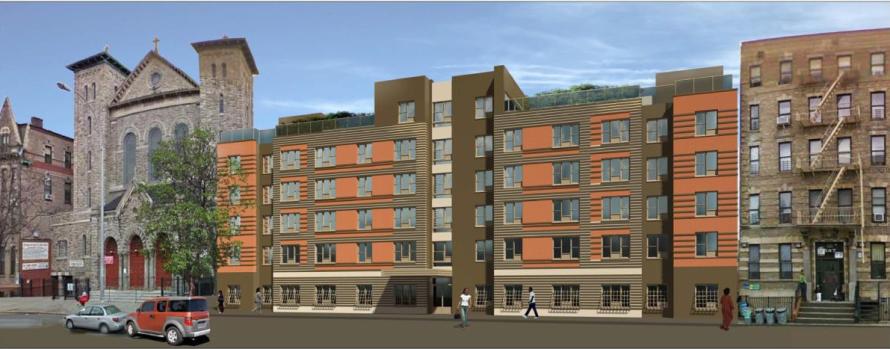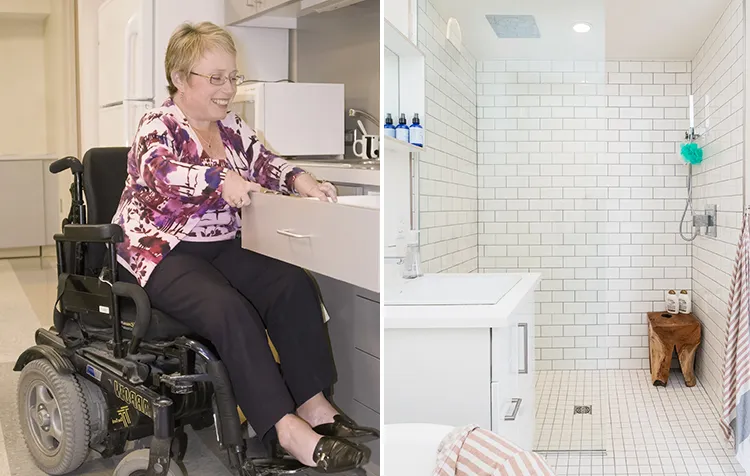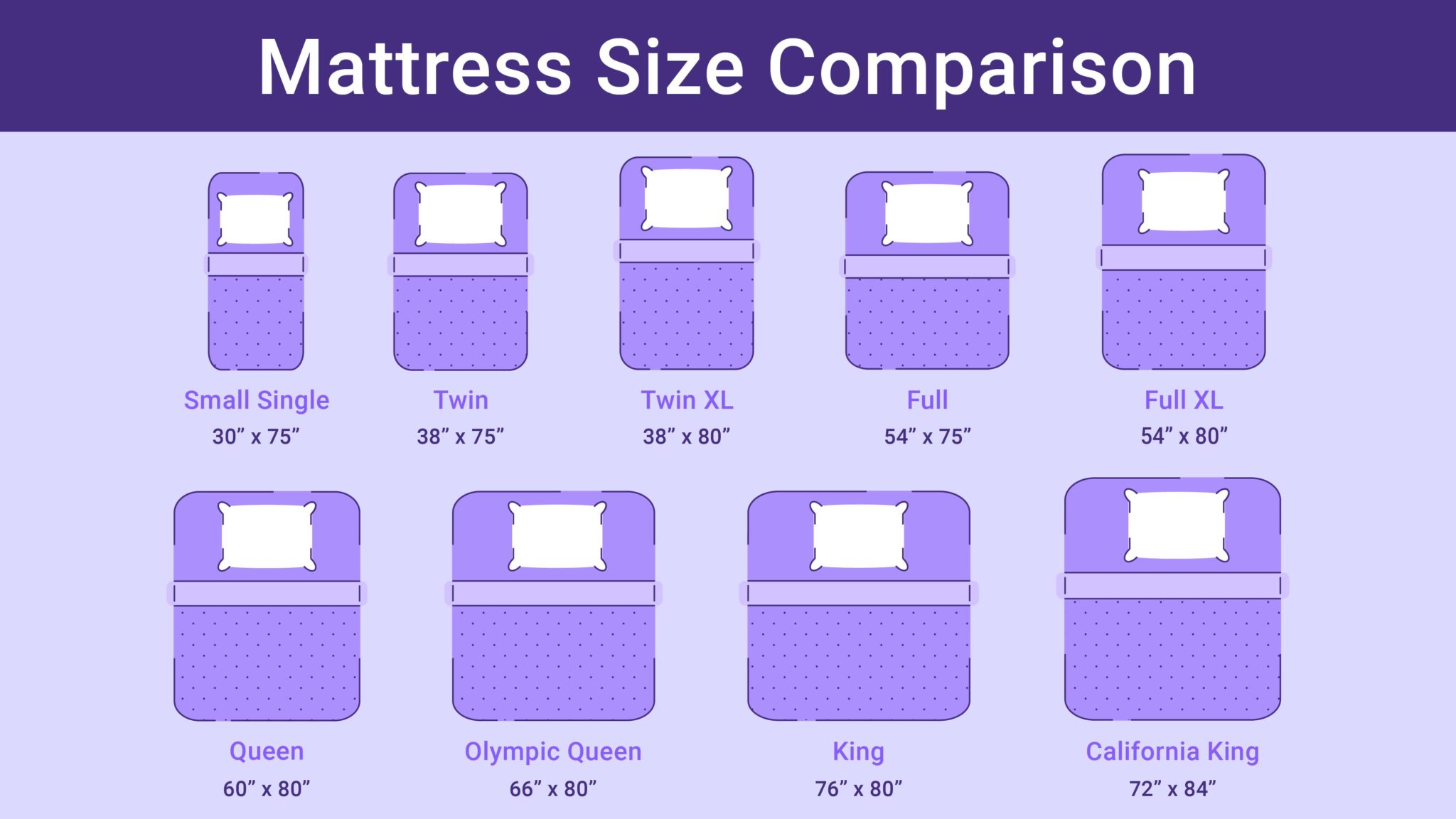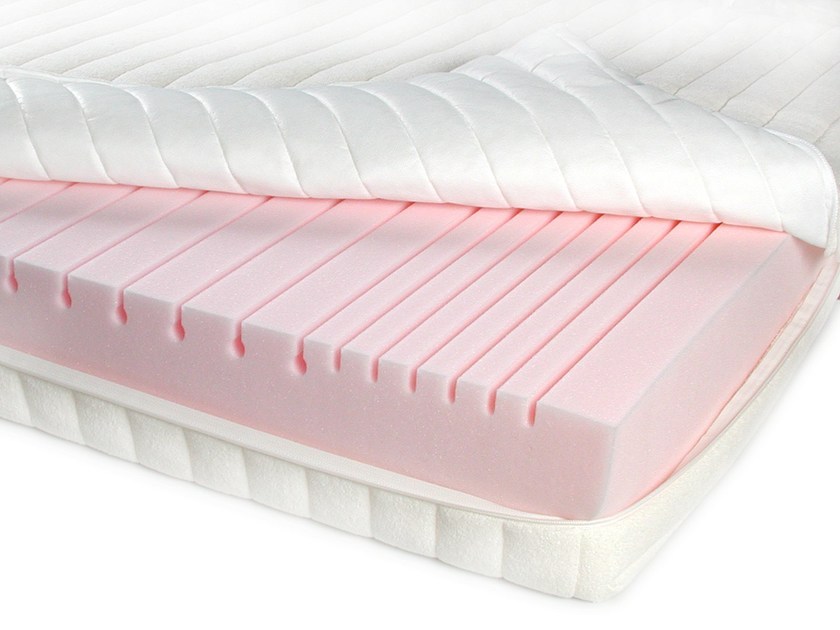Living Room Modifications for Multiple Sclerosis Patients
Living with multiple sclerosis (MS) can present many challenges, especially when it comes to daily tasks and activities. One area that may need to be adapted for those with MS is the living room. This is often the central hub of the home where individuals spend a significant amount of time, so it's important to make it as comfortable and accessible as possible. Here are ten main living room modifications that can make a big difference for those living with MS.
Adapting Your Living Room for Multiple Sclerosis
When it comes to living room modifications for MS patients, it's important to consider both mobility and comfort. One of the first things to consider is the layout of the furniture. Creating an open and spacious layout can make it easier for individuals using mobility aids, such as wheelchairs or walkers, to navigate the room. It can also help prevent accidents and falls. Additionally, placing furniture against the walls can provide extra support for those with balance issues.
MS-Friendly Living Room Modifications
For individuals with MS, even simple tasks like getting up from a chair can be difficult. Investing in furniture that is specifically designed for those with mobility issues, such as lift chairs or recliners, can make a big difference in everyday life. These types of furniture can provide extra support and make it easier for individuals with MS to get up and down without assistance. They also offer added comfort and can help prevent fatigue and pain.
Creating an Accessible Living Room for MS Patients
In addition to furniture modifications, there are other changes that can be made to create an accessible living room for those with MS. Installing grab bars near seating areas and in high-traffic areas can provide extra support and stability for individuals with balance issues. It's also important to make sure there is enough space for individuals using mobility aids to maneuver around the room comfortably.
Living Room Modifications to Improve Mobility for MS Patients
For individuals with MS, fatigue and muscle weakness can make it difficult to perform everyday tasks. Simple modifications, such as adding non-slip flooring or removing area rugs, can make a big difference in improving mobility and reducing the risk of falls. It's also important to keep the living room clutter-free to make it easier to move around.
Designing a Safe and Comfortable Living Room for Those with Multiple Sclerosis
In addition to physical modifications, there are also technological solutions that can improve safety and comfort for those with MS in the living room. Smart home technology, such as voice-controlled devices and remote-controlled lighting, can make it easier for individuals with MS to control their environment without having to get up or move around. These types of technology can also be helpful for individuals who may have difficulty with fine motor skills.
Adaptive Furniture and Layout Ideas for MS-Friendly Living Rooms
When it comes to choosing furniture for an MS-friendly living room, there are a few key things to keep in mind. Look for furniture that is sturdy and provides good support, such as armchairs with high backs and firm cushions. It's also important to choose furniture that is the right height for individuals with mobility issues to easily get in and out of. Opting for furniture with rounded edges can also help prevent injuries in case of falls.
Assistive Technology for Living Room Modifications in Multiple Sclerosis
In addition to smart home technology, there are other assistive devices that can be helpful in modifying the living room for individuals with MS. For example, a reacher or grabber can make it easier to pick up items from the floor or reach items on shelves without having to bend over or stand on a chair. Another useful device is a swivel seat cushion, which can make it easier to get in and out of chairs or sofas.
Maximizing Functionality and Comfort in Your Living Room with MS
When making modifications to the living room for someone with MS, it's important to consider both functionality and comfort. Adding soft, supportive pillows and cushions can provide added comfort for individuals with muscle weakness or pain. It's also important to choose fabrics that are easy to clean and maintain, as individuals with MS may have difficulty with fine motor skills or may experience accidents.
Creating a Barrier-Free Living Room for Those with Multiple Sclerosis
Finally, it's important to keep in mind the concept of barrier-free living when making modifications for those with MS. This means making the living room as free of obstacles and hazards as possible, such as ensuring there are no cords or wires on the floor and that furniture is arranged in a way that allows for easy movement. Creating a barrier-free living room can help prevent accidents and make it easier for those with MS to navigate their space.
In conclusion, making modifications to the living room for individuals with MS can greatly improve their quality of life. By considering both mobility and comfort, and utilizing adaptive furniture and assistive technology, the living room can become a safe and comfortable space for those with MS to relax and enjoy their home.
How to Make Your Living Room MS-Friendly

Creating a Comfortable and Accessible Space for Those with Multiple Sclerosis

When designing or modifying a living room for someone with multiple sclerosis (MS), there are several key factors to keep in mind. MS is a chronic and often unpredictable disease that affects the central nervous system, causing various physical and cognitive impairments. This means that the layout, furniture, and decor of a living room can greatly impact the comfort and functionality of someone living with MS. In this article, we will explore some essential modifications and design tips to create a living room that is MS-friendly.
Consider Furniture Placement and Accessibility
:max_bytes(150000):strip_icc()/living-with-multiple-sclerosis-2440580-color-f9f1298a121748128ae83fbbc789259b.jpg)
One of the main challenges for those with MS is mobility , so it's crucial to choose furniture that is easy to navigate around. Consider using lightweight and movable furniture, such as chairs with wheels, to allow for easy rearrangement. Additionally, it's essential to ensure that there is enough space for a wheelchair or mobility aid to maneuver comfortably . This may mean removing unnecessary furniture or using smaller pieces to open up the room. It's also important to keep pathways clear and avoid any potential tripping hazards.
Opt for Comfortable and Supportive Seating

Many individuals with MS experience fatigue, weakness, and balance issues , so it's crucial to have comfortable and supportive seating in the living room. Avoid furniture that is too soft or low, as it can make it challenging to get up and down. Instead, opt for chairs and couches with firm cushions and good back support. Consider using furniture with adjustable features, such as recliners or lift chairs, to accommodate for different levels of comfort and mobility .
Choose Sensory-Friendly Decor

MS can also cause sensory sensitivities , so it's essential to choose decor that is calming and non-stimulating. Avoid using bold and busy patterns, bright colors, and harsh lighting , which can be overwhelming for those with MS. Instead, opt for neutral colors and soft, natural lighting to create a soothing atmosphere. Incorporating elements of nature, such as plants or a nature-inspired color palette, can also have a positive impact on mood and well-being for those with MS .
Consider Technology and Accessibility
Technology can greatly improve accessibility and independence for those with MS . Consider incorporating features such as voice-activated devices, smart lighting, and remote-controlled appliances into the living room design. These can make it easier for individuals with MS to control their environment without having to physically exert themselves. Make sure that all technology is easily accessible and user-friendly to avoid frustration and stress .
In conclusion, creating an MS-friendly living room requires careful consideration of furniture placement, seating, decor, and technology. By making these modifications, you can help create a comfortable and accessible space for those living with MS. Remember to regularly reassess and make any necessary adjustments to ensure that the living room remains MS-friendly as the disease progresses.
